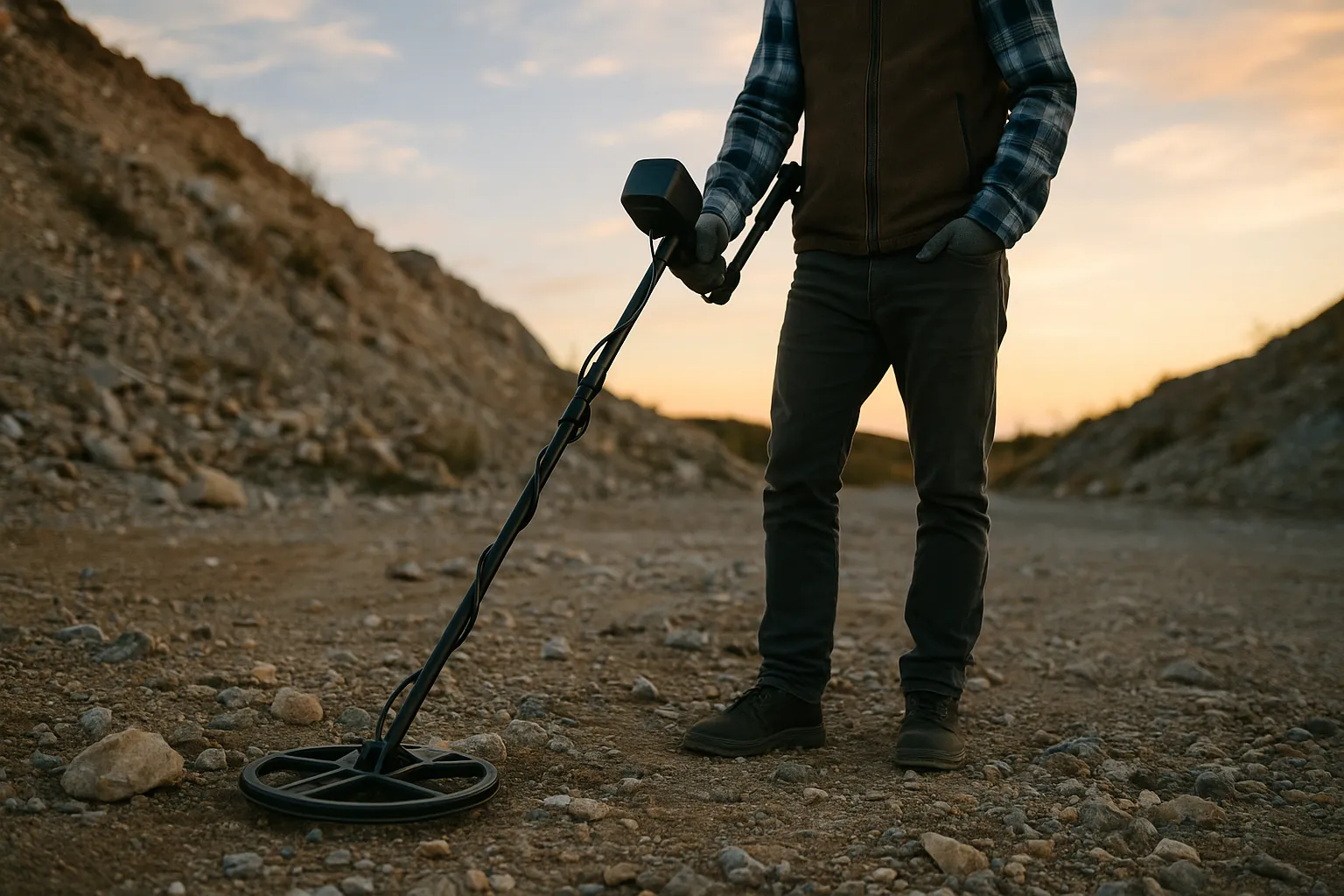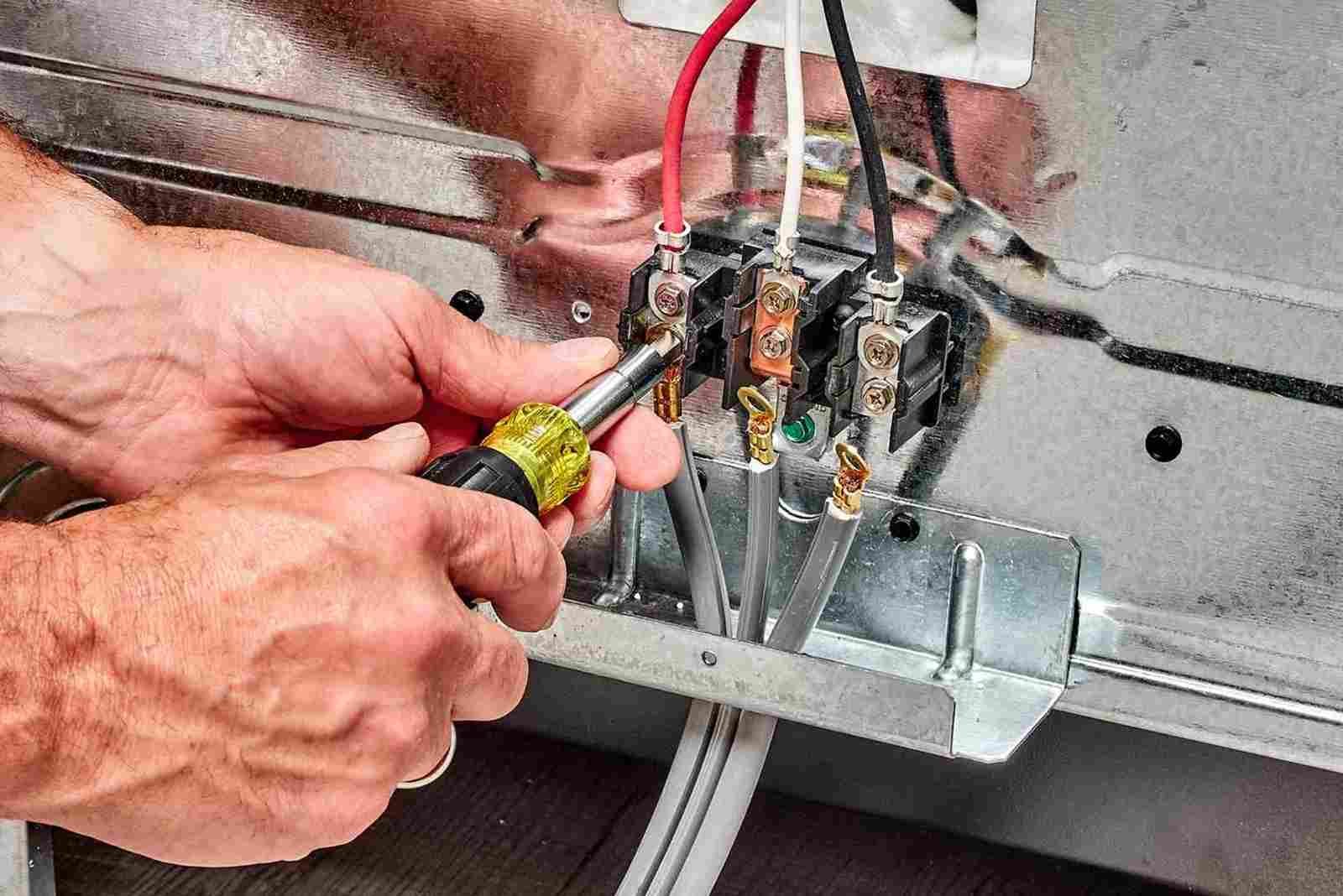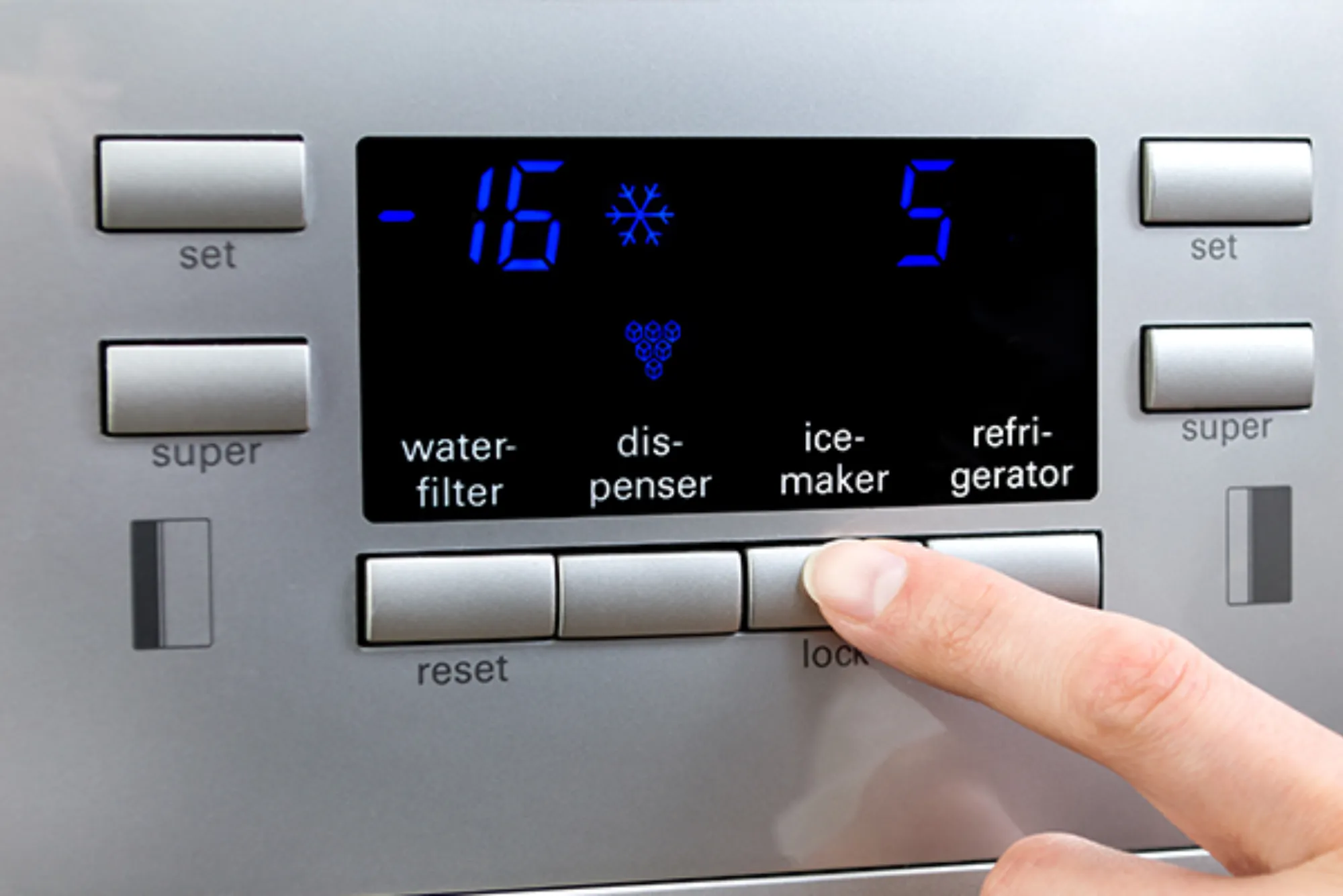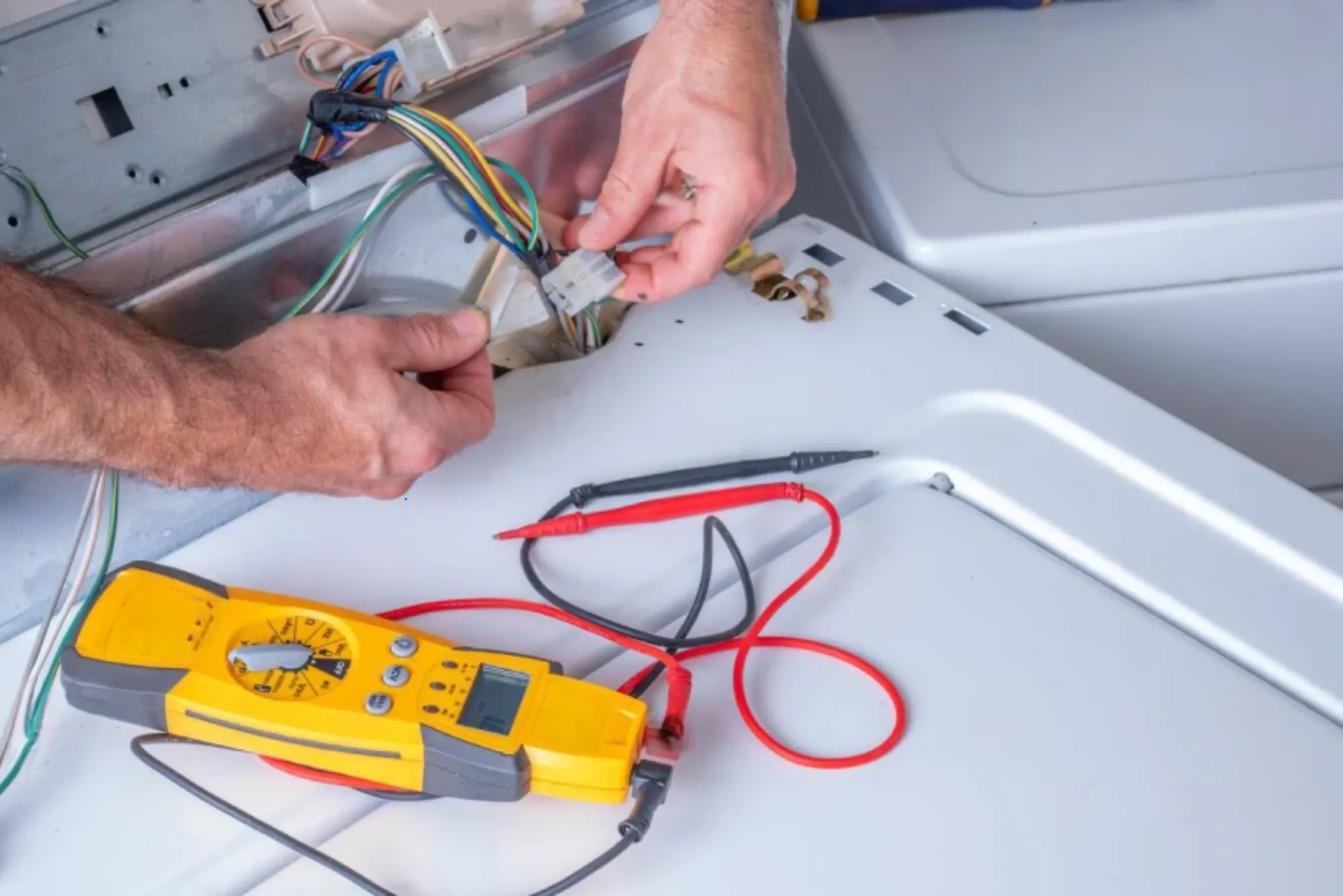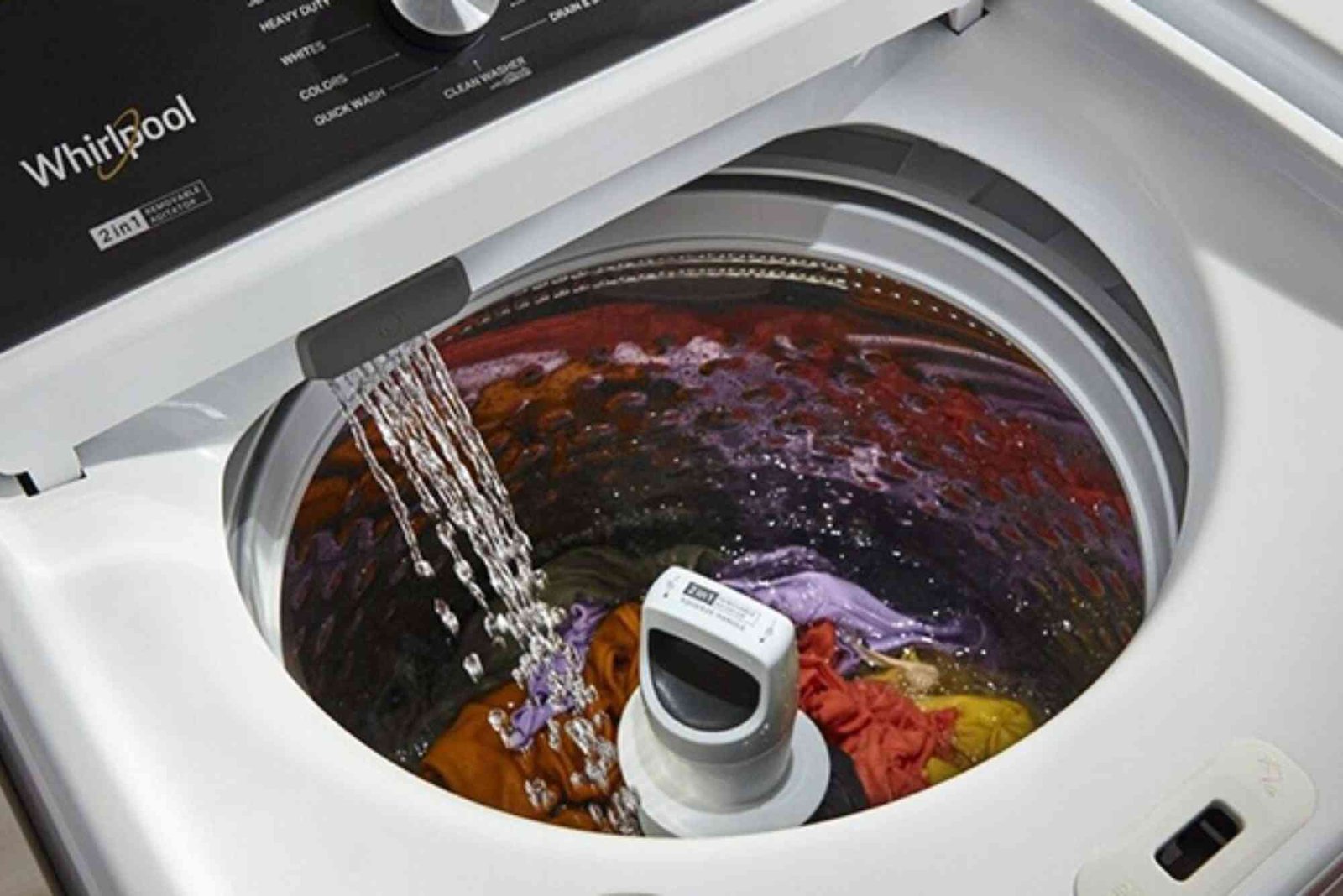When it comes to treasure hunting, gold prospecting, or simply using detection tools for exploration, the environment plays a bigger role than many realize. A gold detector is not just influenced by soil conditions or the type of ground minerals present—it can also be affected by weather patterns, temperature shifts, and climate. For anyone serious about detecting, understanding how climate impacts performance is as important as learning how to operate the device itself.
The Science Behind Detector Sensitivity
Detectors work by sending electromagnetic signals into the ground and interpreting the responses. Temperature fluctuations and changes in air or ground moisture can alter the conductivity of soil, which in turn influences how signals are received. This is why two identical hunts in the same spot, one on a cool morning and another on a hot afternoon, may deliver very different results.
For example, dry soil tends to be less conductive, while wet or mineral-rich soil may exaggerate signals, sometimes creating false readings. High humidity and heat can also affect the stability of electronic components inside the detector, making calibration more challenging. Those who use advanced tools such as a gold detector machine often notice that extreme climates amplify the importance of fine-tuning sensitivity levels and ground balance.
Heat and Its Impact on Detector Performance
Heat is one of the most common environmental challenges for detectorists, especially in desert regions. Prolonged exposure to high temperatures can cause overheating in sensitive electronic circuits, reducing accuracy. Additionally, when the ground bakes under the sun, its mineralization changes, producing inconsistent signals.
On a practical level, hot environments also affect the user. Fatigue, dehydration, and discomfort can lead to rushed sweeps or missed signals. Seasoned detectorists often recommend early morning or late evening hunts in hotter climates to ensure both the operator and the machine perform at their best.
Cold Climates and Freezing Conditions
Cold weather poses a different set of challenges. Low temperatures can slow down battery performance, reducing operating time and sometimes even shutting down detectors unexpectedly. Frost in the soil alters conductivity, and in some cases, ice layers can interfere with depth penetration.
However, colder conditions often have an advantage: less interference from insects, vegetation, or heavy foot traffic. For those willing to endure the chill, accuracy can still be maintained by ensuring batteries are fully charged and detectors are properly insulated from the cold.
Moisture, Rain, and Humidity
Moisture is perhaps the most unpredictable factor. After rain, wet soil can enhance conductivity, making targets easier to detect. But too much water, especially in clay-rich ground, can create overwhelming signals that confuse even the most advanced detectors. High humidity can also seep into devices that are not well sealed, causing damage over time.
Modern gold detectors are often built with waterproof coils to combat these conditions, but users still need to adjust their ground balance carefully after rainfall. Experienced prospectors know that the sweet spot often comes shortly after light rain when the soil is damp enough to improve signals but not oversaturated.
Wind, Dust, and Environmental Extremes
In desert or dry climates, wind and dust storms pose unique problems. Dust particles can infiltrate detector components, while strong winds make it harder for users to maintain stable sweeps. In such conditions, protective covers and regular cleaning become essential.
Extreme weather shifts, from scorching sun to sudden storms, also challenge consistency. Detecting in such climates requires patience and adaptability, knowing that accuracy is not solely about the machine but also about reading the environment correctly.
Practical Tips for Maximizing Accuracy Across Climates
The best way to maintain accuracy in varying climates is through preparation. Carry spare batteries in cold weather, adjust ground balance frequently in mineral-rich soil, and schedule hunts around favorable conditions. Detectorists should also use protective gear for both themselves and their machines, ensuring longer life and better performance.
It’s also helpful to keep a log of hunts, recording weather conditions alongside results. Over time, patterns emerge, allowing detectorists to anticipate how certain climates affect accuracy in their specific region.
Final Thoughts
Temperature and climate may seem secondary to soil type or detector technology, but in reality, they can make the difference between success and frustration in the field. From the dry heat of deserts to the damp soils after rainfall, environmental conditions shape the way signals behave and how reliable results can be.
Understanding these factors doesn’t just improve accuracy—it makes the entire detecting experience more rewarding. Whether you are a hobbyist or a serious prospector, learning how climate influences your detector is part of becoming a skilled and successful treasure hunter.

